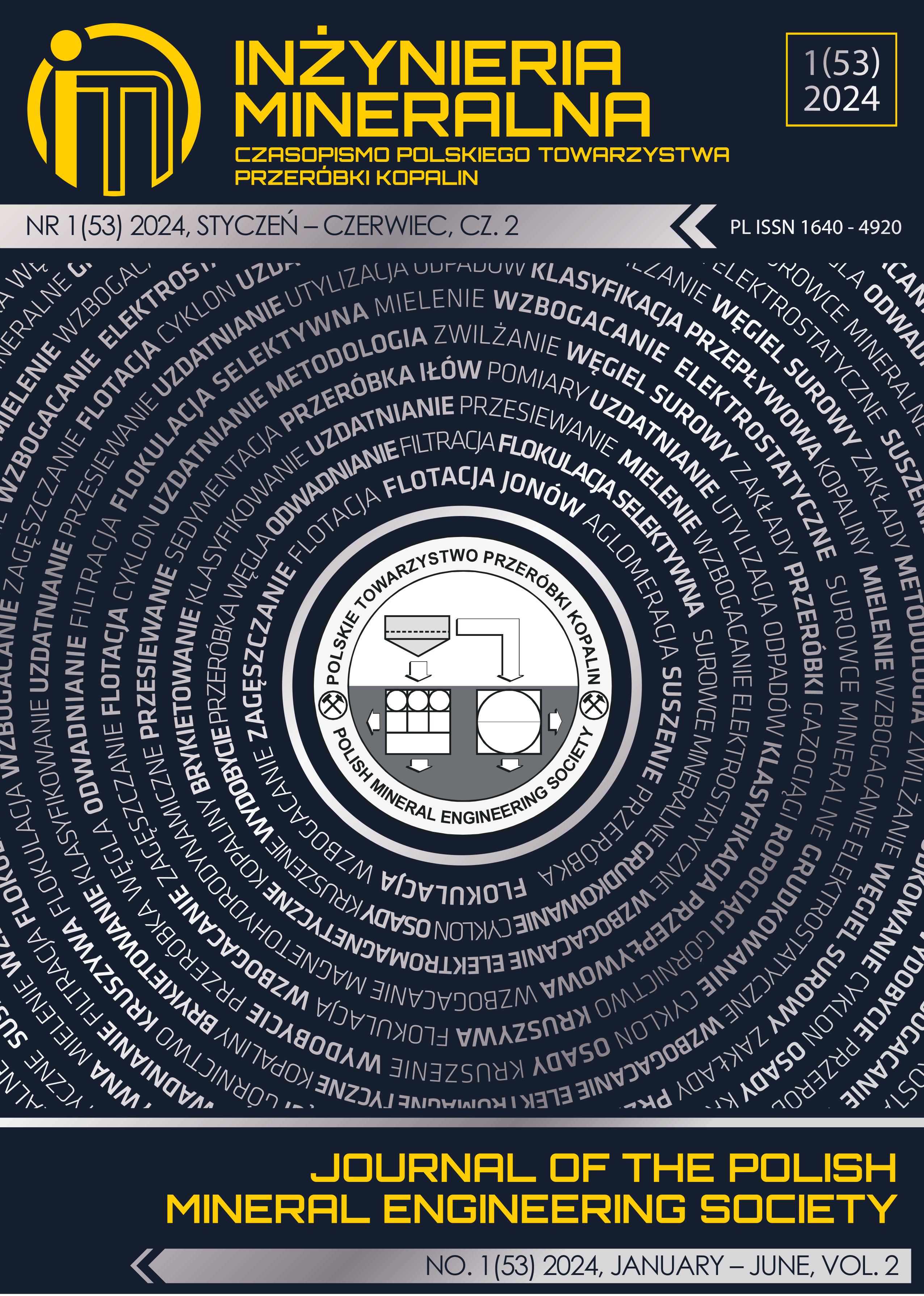Possibilities of Storing Natural Gas and Energy in Salt Formations in Poland
Keywords:
salt deposits, salt caverns, underground gas storage facilities, underground energy storage facilities
Abstract
The state's energy security includes, among others: securing customers' fuel and energy needs. One of the elements of energy policy is storageinfrastructure, which enables the storage of natural gas and fuel stocks. It is carried out through surface and underground warehouses.
The role of the latter is particularly important due to the capacities offered, but also the technological parameters of the storage process
that can be obtained.
One of the convenient places to build underground gas and fuel storage facilities are rock salt deposits, where storage caverns are constructed.
Due to favorable access to salt geological formations, Poland has great opportunities to build an underground storage base for both
natural gas and liquid fuels.
The process of decarbonization of the energy sector forces us to look for new energy sources that will, over time, replace fossil fuels in the
energy system. The answer to this challenge are renewable energy sources (water, wind, sun), the advantage of which is inexhaustibility,
but on the other hand, the disadvantage is that they are uncontrollable due to their dependence on climate/weather conditions.
The article discusses the possibilities of building cavern underground gas and energy storage facilities, paying attention to the latter as
future solutions necessary for use in the energy system. Against the background of the rock salt resource base, potential locations of future
cavern storage facilities were indicated.
Published
2024-07-25
How to Cite
ANDRUSIKIEWICZ, W. (2024). Possibilities of Storing Natural Gas and Energy in Salt Formations in Poland. Test, 2(1), 143–150. https://doi.org/10.29227/IM-2024-01-103
Section
ARTICLES
Copyright (c) 2024 Wacław ANDRUSIKIEWICZ

This work is licensed under a Creative Commons Attribution-ShareAlike 4.0 International License.
This journal permits and encourages authors to post items submitted to the journal on personal websites or institutional repositories both prior to and after publication, while providing bibliographic details that credit, if applicable, its publication in this journal.







.png)
